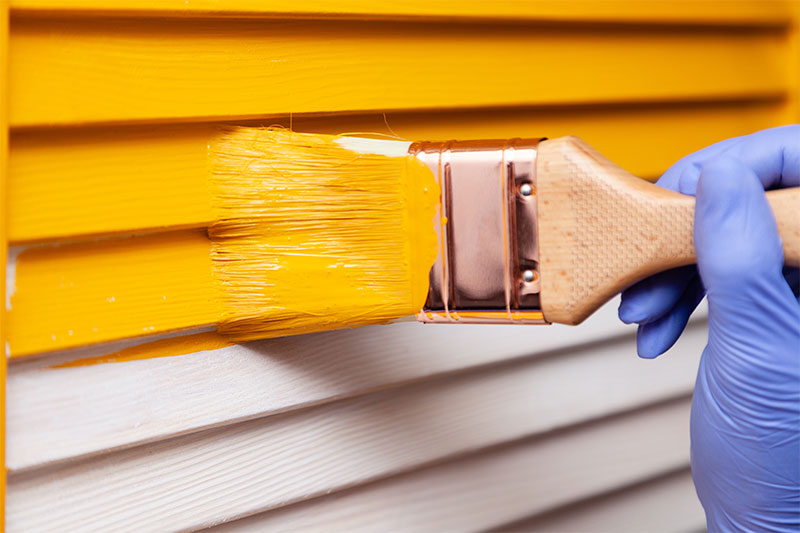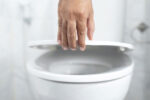
You need to repaint your home every now and then as the old paint begins to crack and has a dull look to it the older your home becomes. Or, if you are moving into a new home whether it is a home that is sold to you by a previous owner or a brand new constructed home, you’ll be having a paint job done to it. Also, if you are expecting a baby and want to have the nursery repainted, then that is what you are going to do.
However, the question you must ask is how safe is the indoor paint? Paint fumes are inevitable and what happens if you inhale them? Before we get into that, there are two types of indoor paint you will want to know about. The first type is latex or water-based paint as it mostly consists of water. However, there are other components in there as well. The second type of paint is alkyd paint and it is an oil-based paint that uses different solvents. Most paints and varnishes contain volatile organic compounds or VOC.
If you are exposed to VOCs, that can cause either short-term or long-term health effects and you will want to limit your use of paint and varnishes that emit VOCs for that reason. High exposure can cause the following short-term ailments:
Eye, Nose, Throat Irritation
If you are exposed to VOCs for a long time, then you will end up finding that you have allergy-like symptoms where your eyes, nose, and throat will be scratchy. Your eyes will also be watery, your nose will be stuffed, and you may end up having a sore throat which can cause coughing.
Headache
You may develop a headache as a result of high exposure to VOCs. When you breathe in the fumes, you will find that it causes head pain and the best thing you can do is keep away from the room with the fresh paint and take Tylenol or Advil to help with the pain.
Dizziness
You may find that you develop dizziness or lightheadedness when you are using fresh paint. When you inhale the fumes, it can affect your inner ear balance which can cause you to become dizzy and lightheaded.
Nausea
It is not a surprise that if you are inhaling paint fumes that it can cause you to become nauseous. The VOCs themselves can cause nausea, and you may also experience nausea if you are also experiencing dizziness and lightheadedness from inhaling the fumes.
Shortness Of Breath
The VOCs can cause you to have difficulty breathing as they fill your lungs and cause the bronchial tubes to contract. Therefore, when that happens, you will experience shortness of breath. You may also have an allergy to a compound glycol in particular which can cause you to have difficulty breathing and you may have other allergic reactions.
Those are only short-term effects of inhaling paint fumes. If you are constantly exposed to it and repainting often, then the VOCs can cause damage to your liver, nervous system, and kidneys.
How To Minimize Exposure To VOCs
The way to minimize inhalation of VOCs is by using water-based paints as they contain the fewest VOCs. Secondly, you will want to paint in a well-ventilated room. Keep windows open in the room where you paint, and that even means doing so in the winter. You can use a box fan to help direct airflow to the outdoors. And you will want to keep your windows open for 72 hours after painting a room so you are minimizing your exposure to VOCs. Always close any leftover paint containers so you do not breathe in any additional VOCs.
sources: United States Environmental Protection Agency



